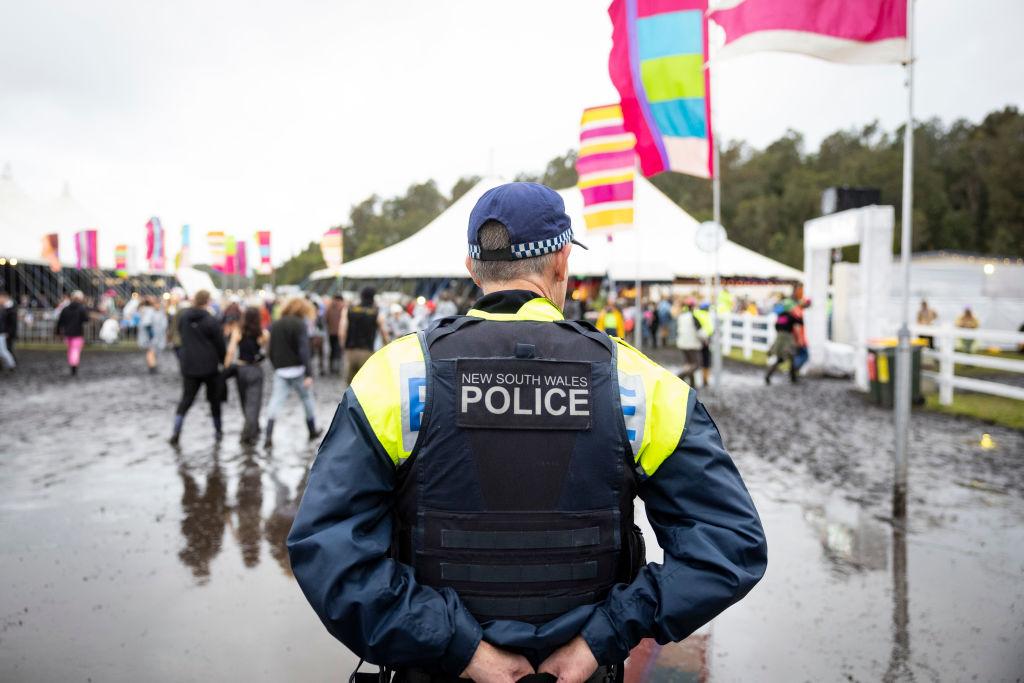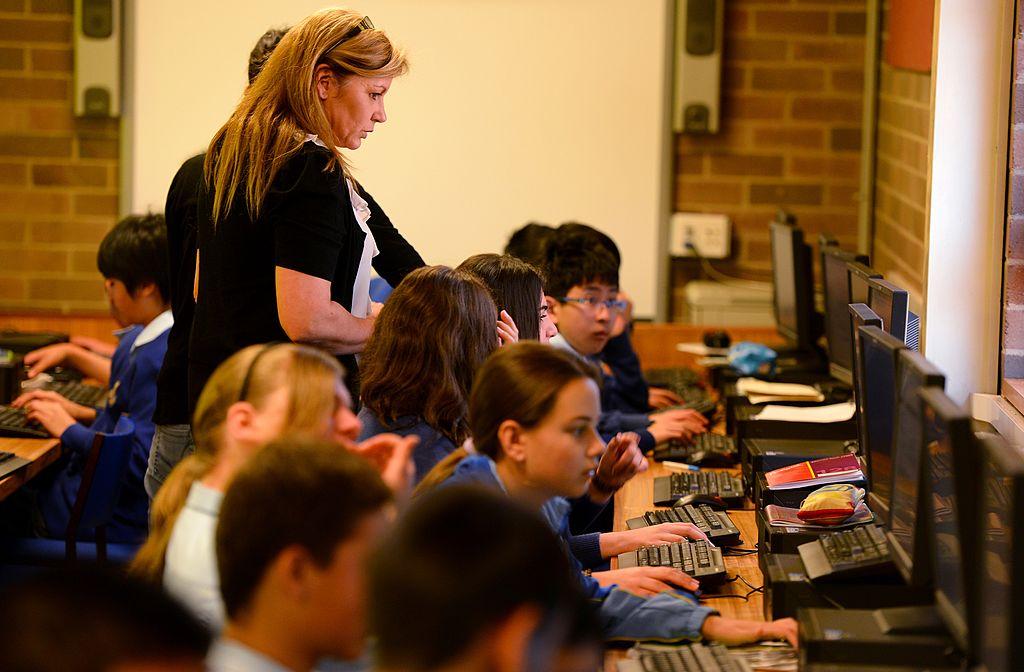Queensland has the most children locked behind bars nationwide, with its youth detention system failing to break the “cycle of incarceration” of juvenile offenders.
On March 14, the child death review board criticised Queensland’s youth detention system noting the state also leads the nation in the number of nights young people spend in custody, with 100,425 nights compared to just 44,129 in Victoria.





